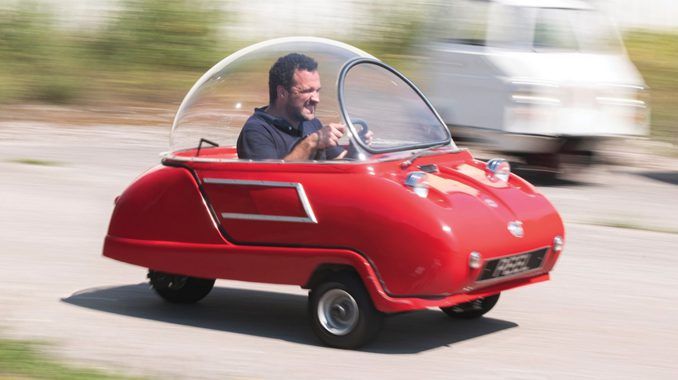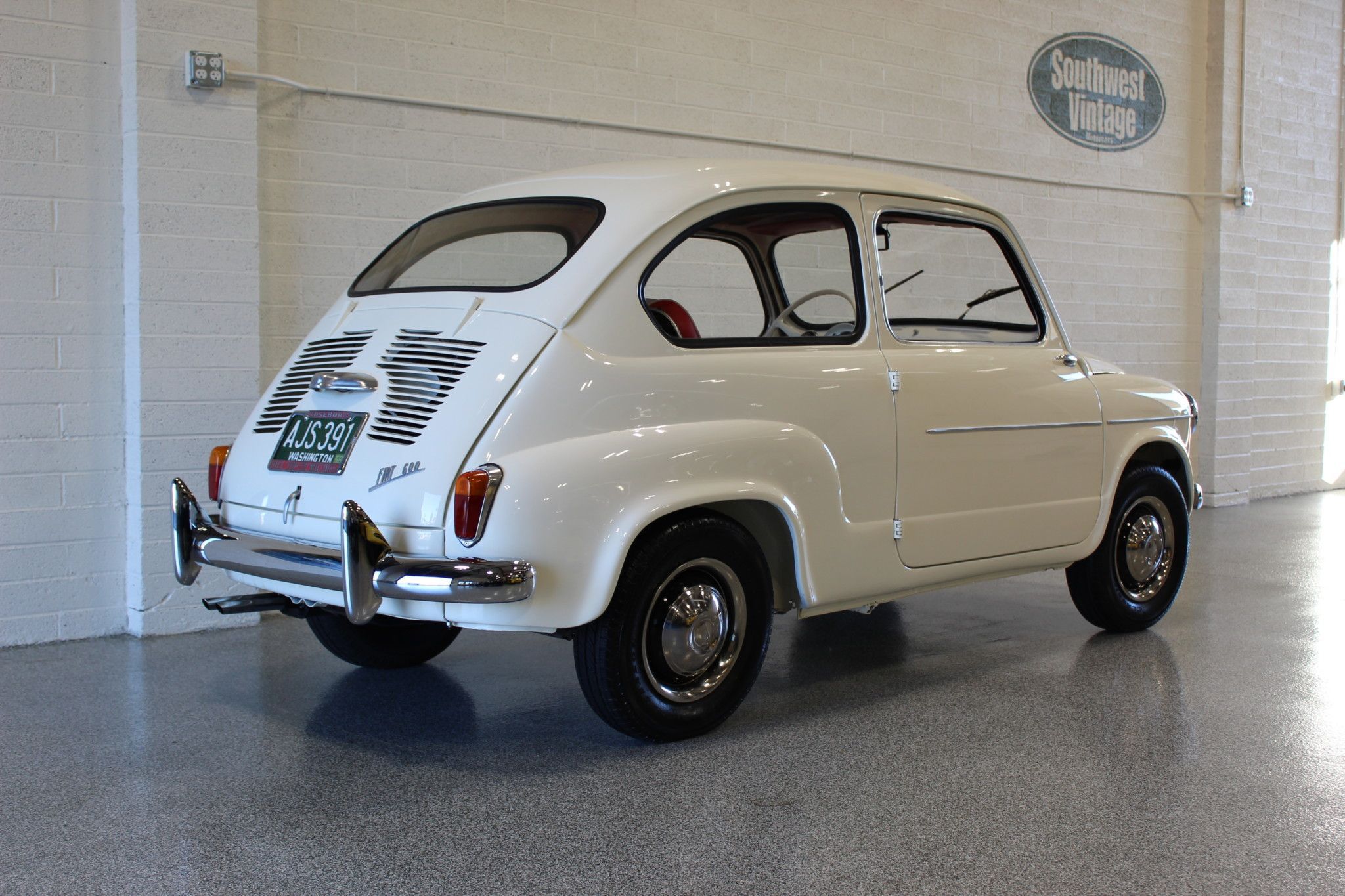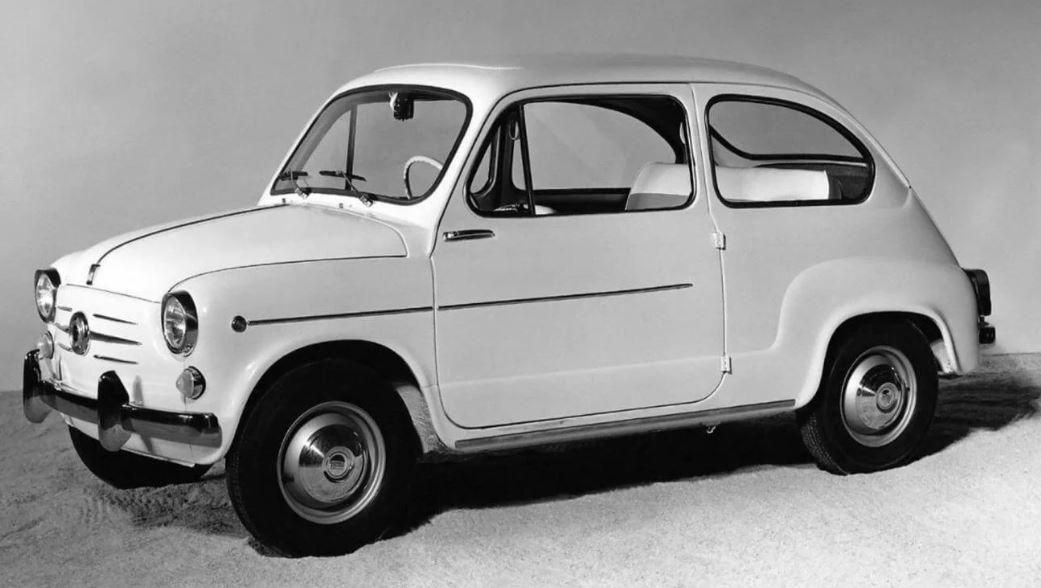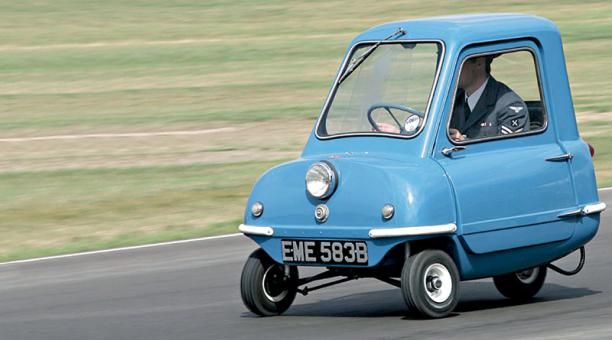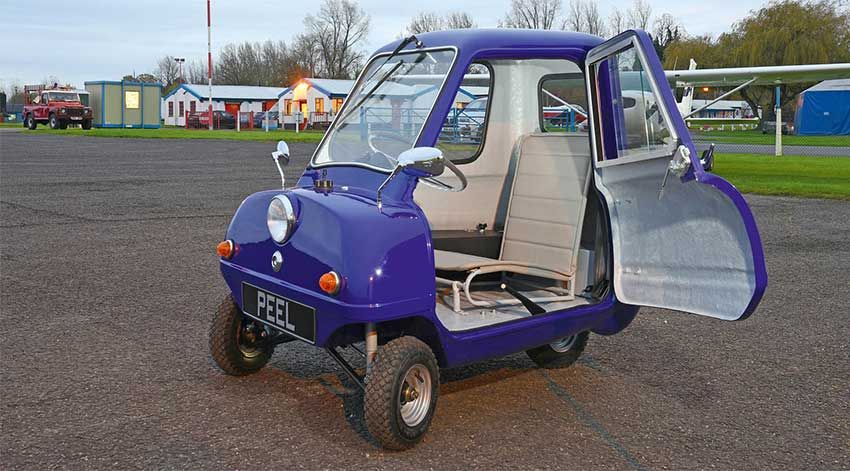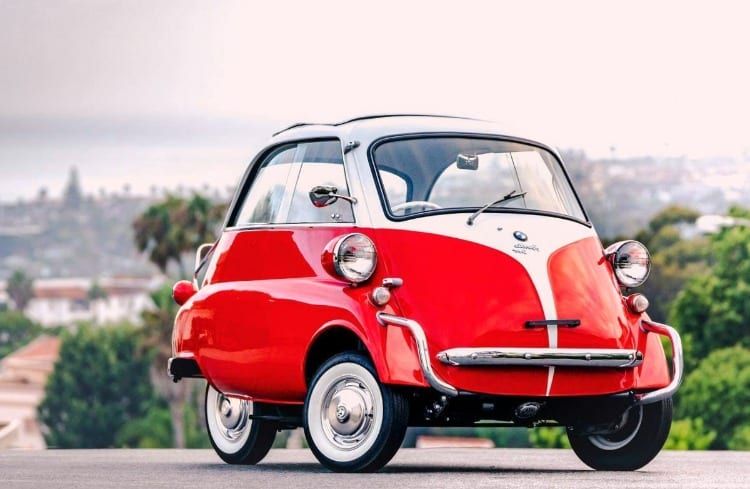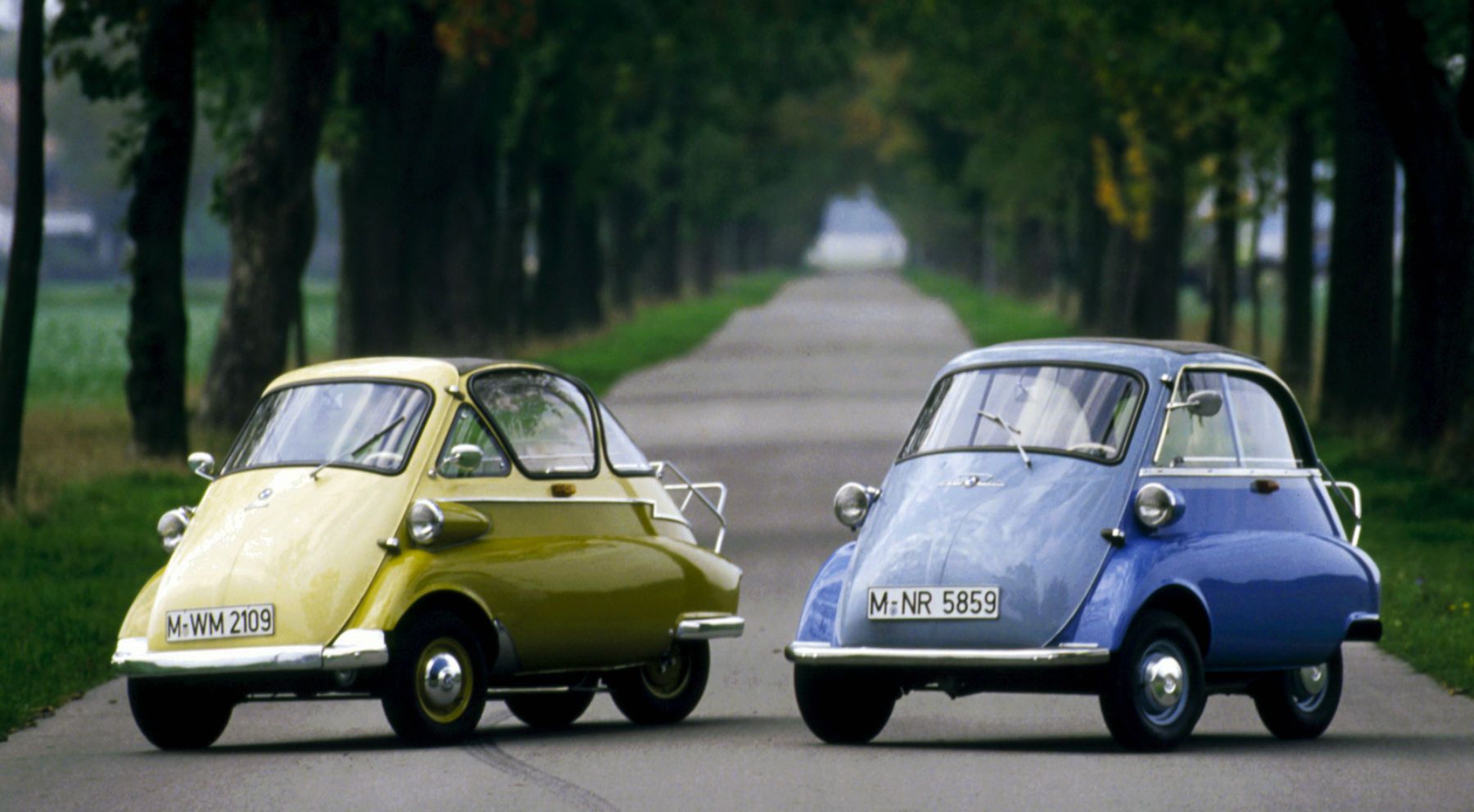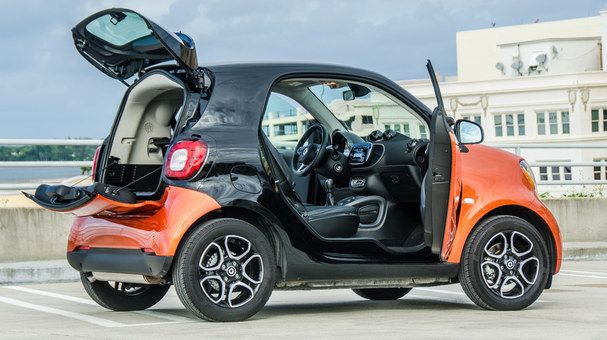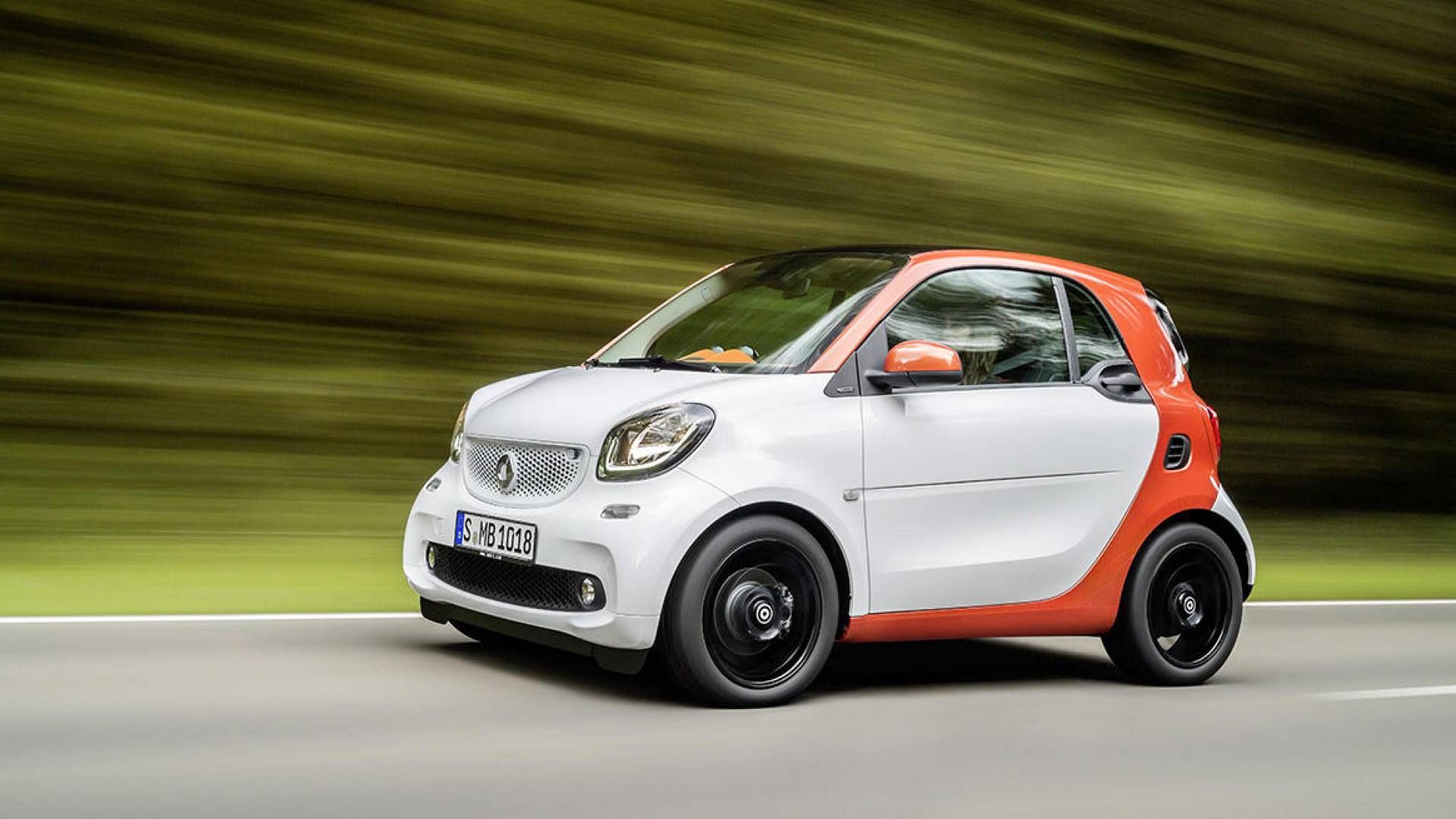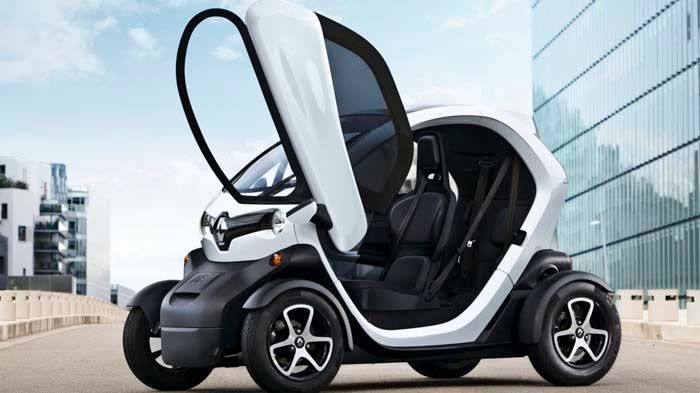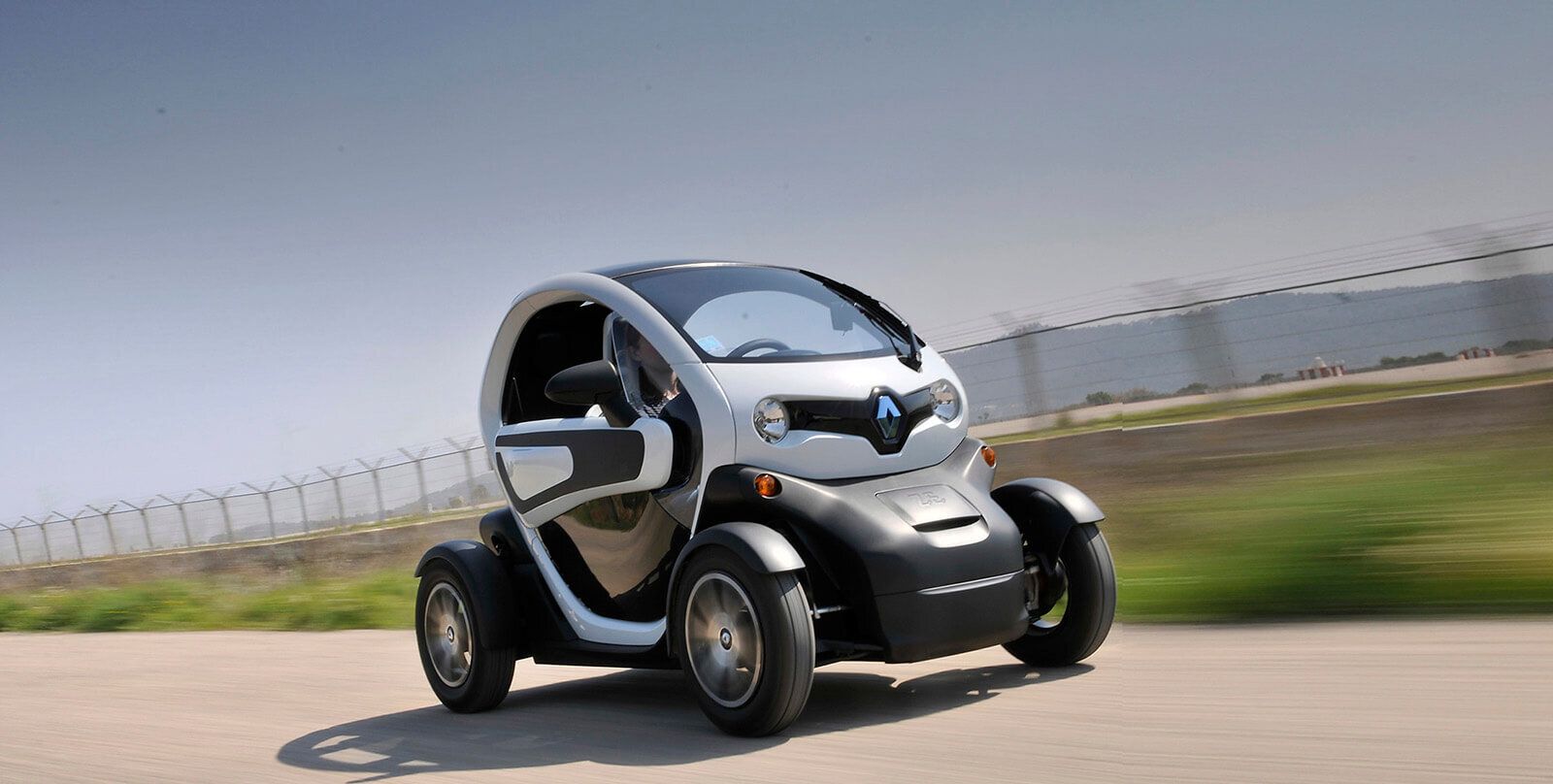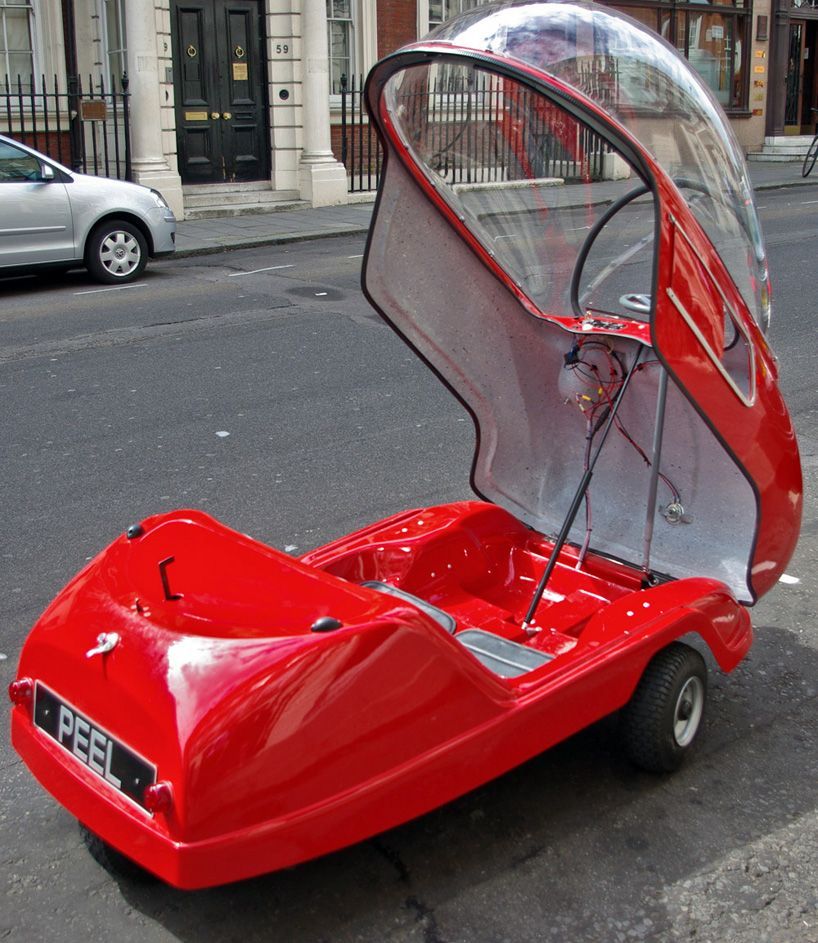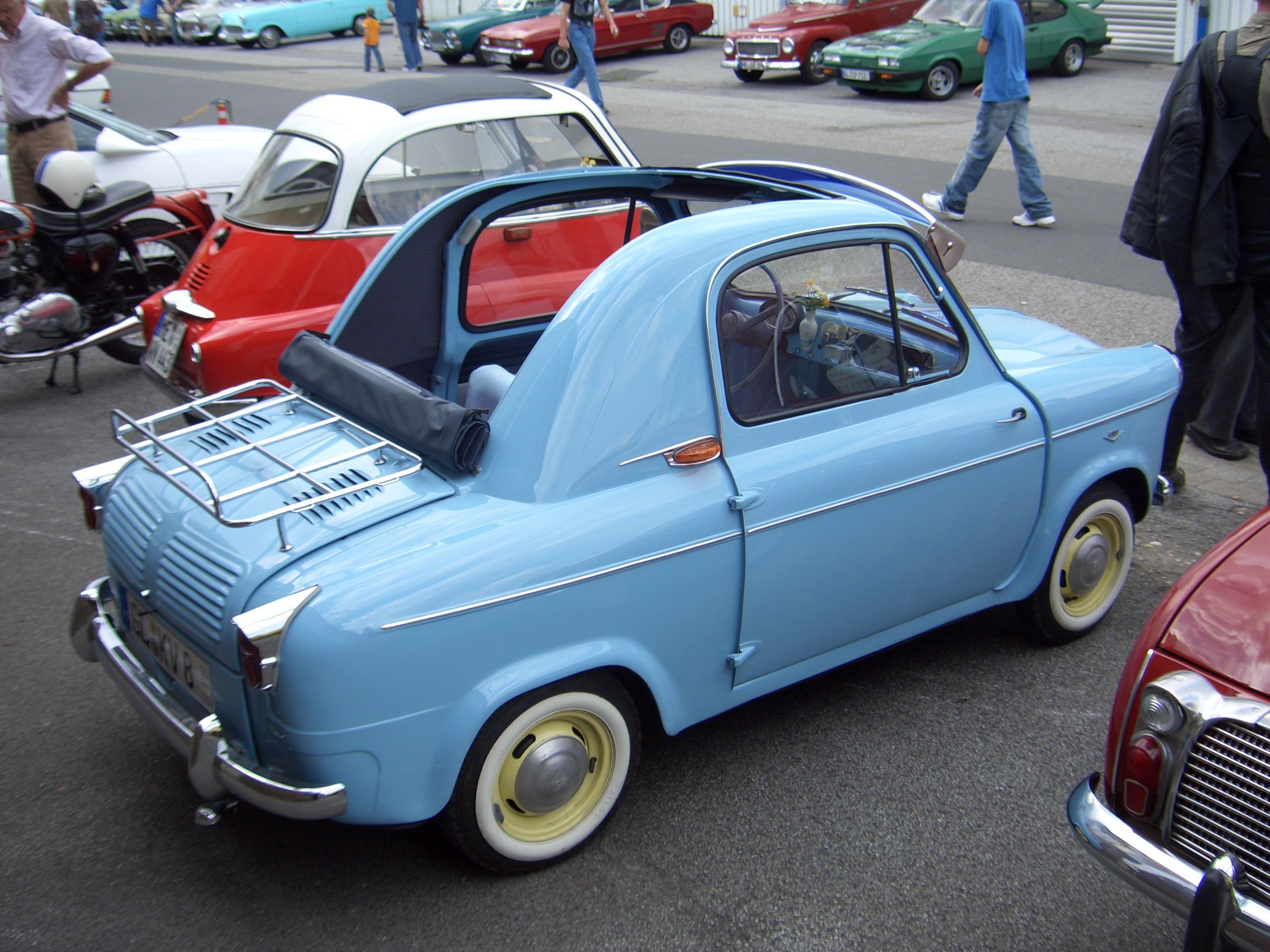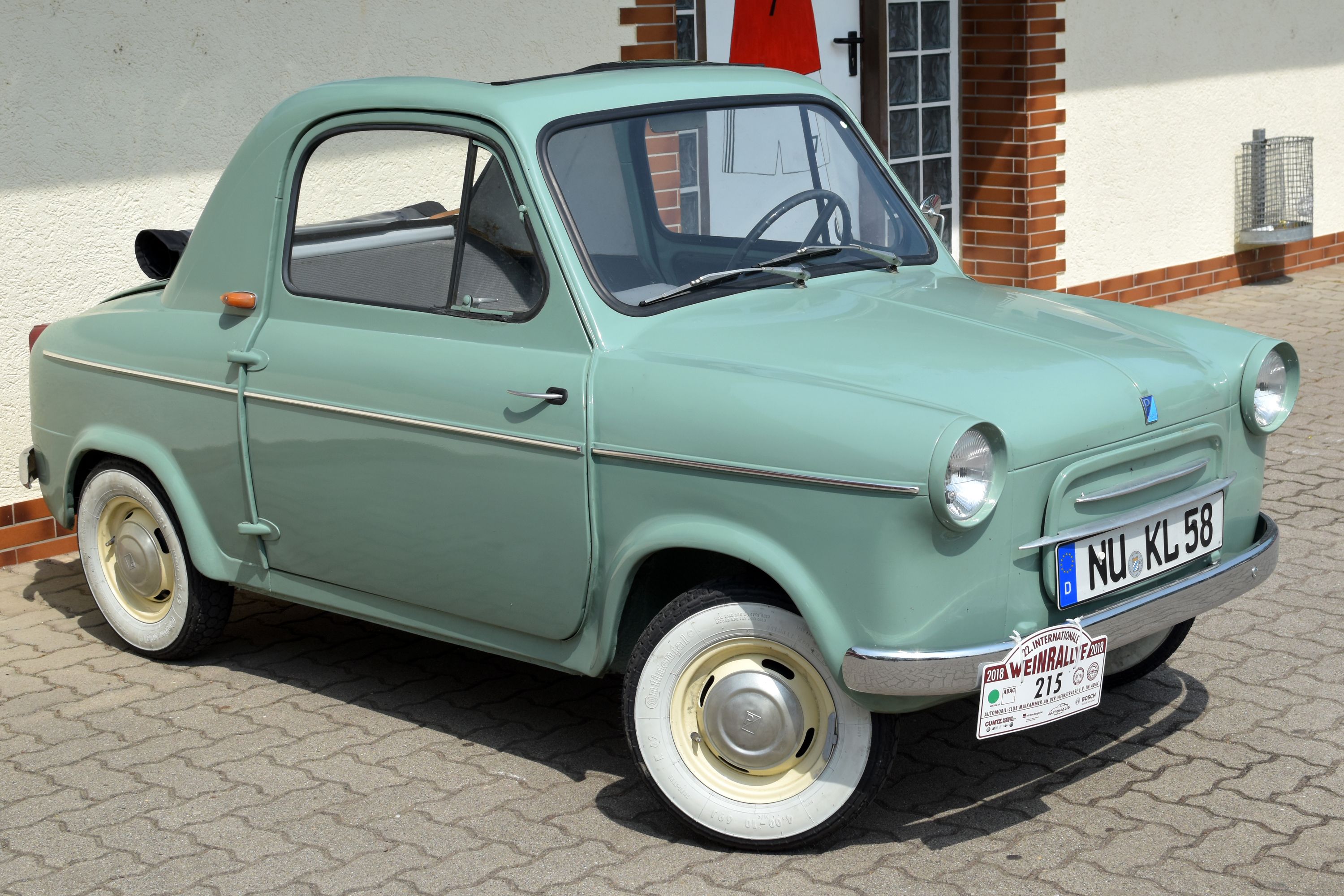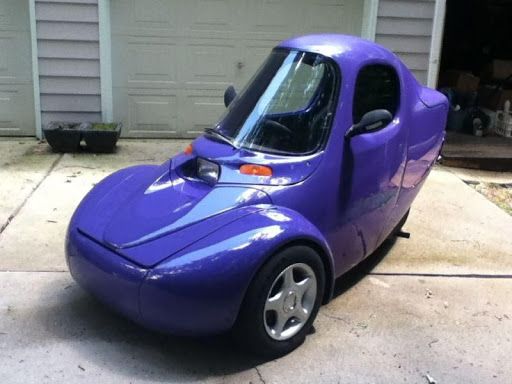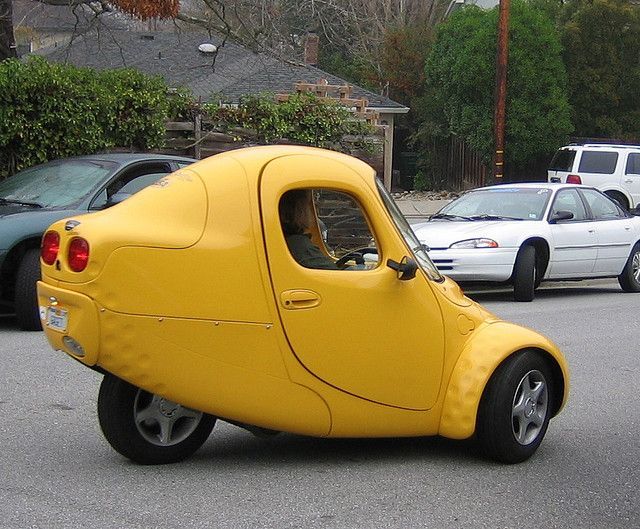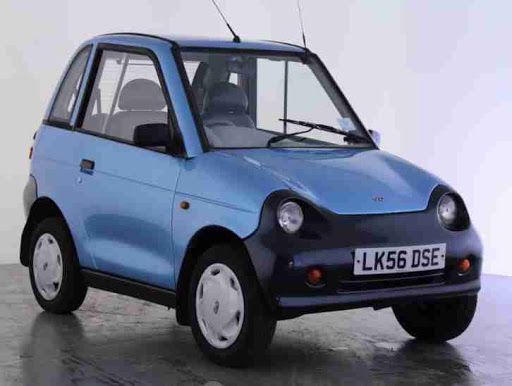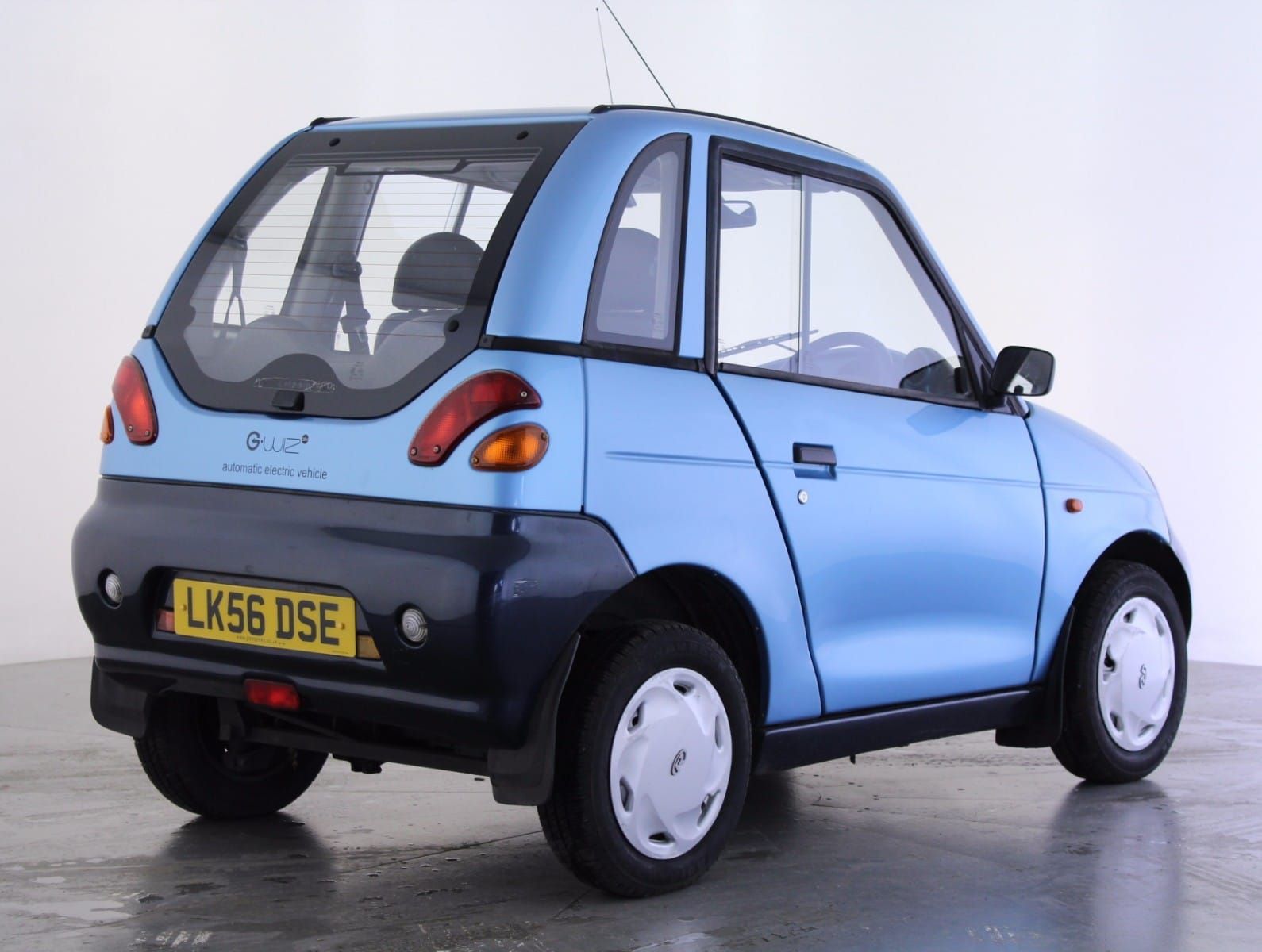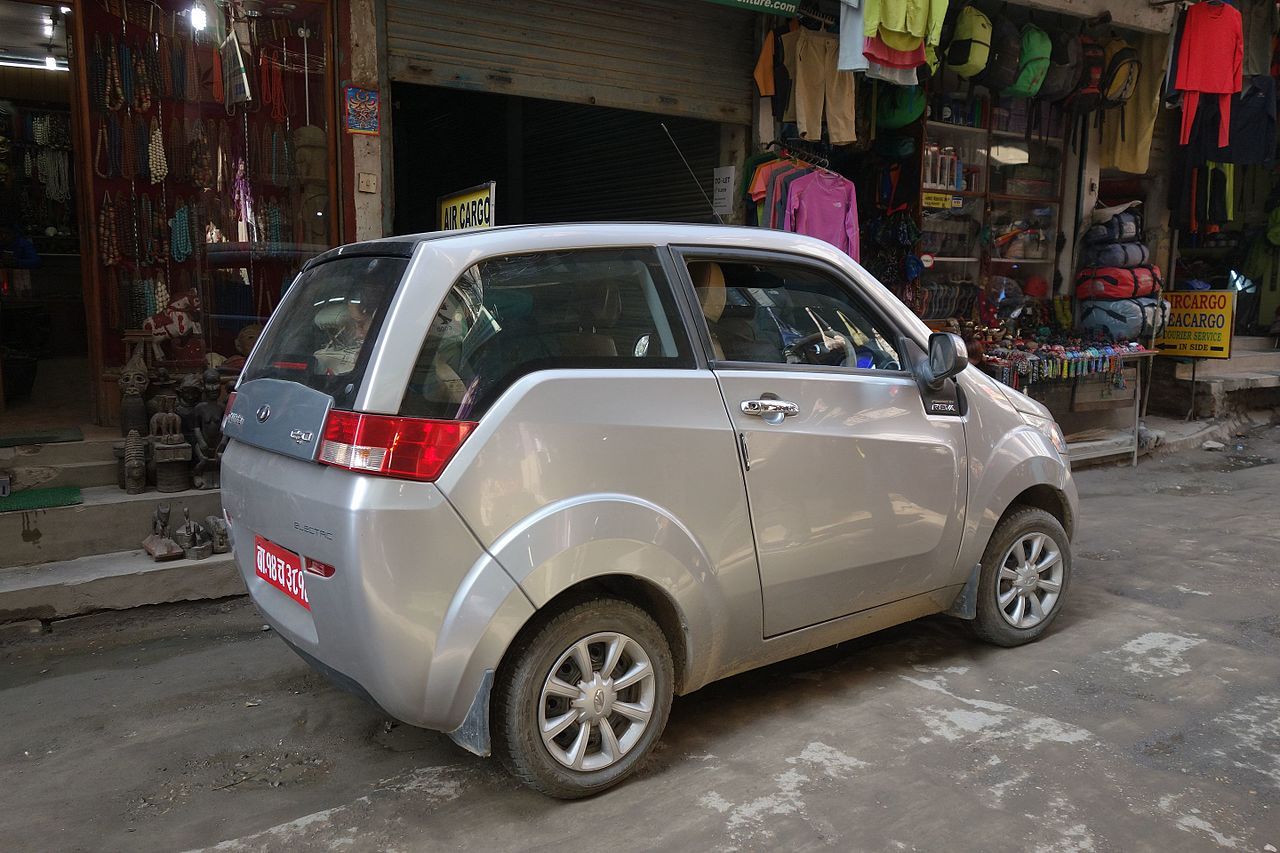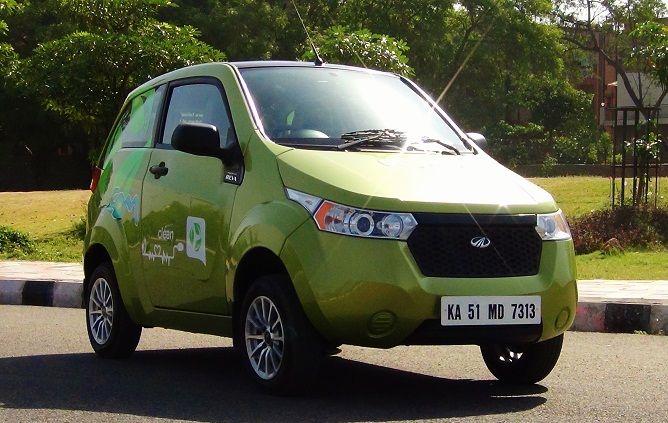We all have different needs when it comes to cars. That's why the automotive market has so many options to choose from. But nowadays, most people seem to be more inclined to an SUV or a big and comfy sedan rather than a smaller hatch or city car.
Still, as we know, bigger isn't always better. Having a small car has its pros, like spending less money on gas, insurance, taxes, and maintenance. But some manufacturers decided to take small to the next level and built some of the tiniest cars ever.
10 Fiat 600
The Fiat 600 was the first true city car. It was produced in multiple countries from 1955 to 1982, mostly under the Fiat name, but also as the Seat 600 in Spain or as the Zastava 750 in Yugoslavia. It was especially popular in Uruguay and Argentina, where it has a lot of fanatics, and the car has become a kind of cultural symbol.
The original Fiat 600 had a 633cc engine with 21 horsepower in the back, but some latest models used 767cc and even 903cc engines. Much like the VW Beetle, it has a rear engine and its RWD. In total, almost 5 million 600 were made, and unless they are in pristine condition, today they are extremely cheap.
9 Peel P50
The Peel P50 is the smallest car ever made. It was produced between 1962 and 1965 by the British maker Peel Engineering Company. It has a 49cc engine with 4,5 horsepower that's capable of taking this car to a top speed of 55 km/h. It has a 3-speed transmission and no reverse. It was advertised as a car for one person and a shopping bag. It only had 1 door, 1 headlight, and 3 wheels.
Only 50 units were ever made, and only around half of those are still in good condition. Back then, it cost around 200 pounds, but in 2017, a P50 was bought in an auction for $140,000.
8 BMW Isetta 300
After WWII, Europe (and especially Germany) was completely destroyed, and a need for cheap transportation was born. In the '50s, BMW's situation was complicated, until they found what they needed in the 1954 auto salon in Turin. Iso Rivolta, a small Italian manufacturer, was presenting the Iso Isetta. BMW saw it as the lifeguard they needed and bought the production licenses right away.
The BMW Isetta 300 had a 300cc engine producing 13 horsepower and a top speed of 85 km/h. What made the Isetta so particular was its only door, located at the front of the car, and the fact that the steering column and steering wheel were attached to such door. BMW made around 137,000 units of the Isetta.
7 Smart For-Two
The Smart is a project that was born in 1998 as the result of a partnership between Mercedez Benz and Swatch. The third generation's production started in 2014, and since 2018, all smarts sold are 100% electric, with a power of 82 horsepower. Before that, there were two engines available: a 900cc turbocharged inline-three with 89hp, and a N/A 1 liter inline-three with 76 hp.
Since the beginning, the objective was to create a car that wasn't larger than 2,7 meters, which they accomplished with every generation so far. This is because this way, the Smart ForTwo can be parked perpendicularly in places designed for parallel parking, allowing to park to Smarts in one parking space.
6 Renault Twizy
If you live in a European city, you don't like to walk or to use public transportation, and you are too scared to drive a motorcycle, the Renault Twizy is the solution for you. More of a quadricycle with a roof rather than a car, the Twizy is a 100% electric vehicle designed to be the ultimate in urban mobility. It's a two-seater, in a 1+1 configuration.
There are two powering options for the Twizy, one with 5 horsepower and a top speed of 45 km/h, and one with 11 horsepower with a top speed of 80 km/h. Both are more than enough to move around the city. It takes 3 and a half hours to recharge fully, but the advantage is that it can be charged in any regular plug. It's only available in Europe, and it costs around $10k.
5 Peel Trident
Right after the P50, Peel started to build the Trident. It uses the same structure and powertrain as the P50, but instead of having one door, the access system is through the transparent dome, which folded to give access to the interior. Unlike the P50, the Trident was designed to seat two people. It has a top speed of 61 km/h and an estimated fuel consumption of 2,8 L/100km.
Only 45 units were ever made, and the last ones produced had a bigger 98c engine and an automatic transmission borrowed from the motorcycle Triumph Tina.
4 Piaggio Vespa 400
You might know the name Vespa for building motorcycles and scooters, not cars. But after the giant success, they had with the Vespa scooter, Enrico, the company founder's son, decided to give it a try at producing cars. The Vespa 400 is a micro car produced between 1958 and 1961 by the French maker ACMA. It has a 393cc two-cylinder two-stroke engine producing 18 horsepower, paired to a 3-speed manual transmission. The car was capable of reaching a top speed of 90 km/h in 25 seconds. The engine was rear-mounted and the car was RWD.
The Vespa 400 wasn't much of a success. There were many complaints about the transmission and the fact that because of having a 2-stroke engine, it needed oil with every fuel charge. Also, Fiat's 500 was much much popular, and the Vespa 400's sales couldn't compete with the Italians. On top of everything, in 1959 appeared the Austin Mini, which was far superior and started taking away Vespa's clients. Around 31,000 units were ever made.
3 Corbin Sparrow
Electric cars become more popular every day, and most people think that electric cars are just now being developed. Well, 21 years ago, there were already some people attempting to build electric cars. The Corbin Sparrow was a battery electric vehicle designed for city use and commuting. It was designed for only one person and it had 3 wheels. It's not what we call an automotive success. Not because it was completely bad, but because the technology wasn't advanced enough.
Instead of using lithium batteries as most electric cars do today, the Sparrow was powered by a rack of thirteen 12-volt batteries wired together, which represented almost 50% of the weight of the car. Corbin Motors had to shut down in 2003 and since then Myers Motors took up the production.
2 Reva G-Wiz
The Reva G-Wiz isn't the worst car ever just because isn't even considered a car. For the European market, it qualifies as a heavy quadricycle, and in the US, it fits into the NEV class (neighborhood electric vehicle). Is more of a golf cart rather than a car. But it was in fact, the most sold electric vehicle in Britain for several years. It was produced from 2001 to 2013 when it was replaced with the Mahindra e2o.
The G-Wiz is powered by eight 6V batteries which are located under the front seats and produce a total of 17 horsepower, which allows for a top speed of 50 mph. It has 50 miles of range, but driving fast or using the AC can reduce it drastically. The price for one of these new was around $12 grand, depending on the country.
1 Mahindra E20
The Mahindra is the direct successor of the Reva we've just talked about. It has an electric engine on the rear producing 26 horsepower, and it has a top speed of 81 km/h. It has a range of 60 miles and it recharges fully in 5 hours in any regular plug. The reason for this car to exist is the growing need for cars in India, and the rising contamination that comes with more and more cars. India is, for now, the only market where the Mahindra is available.
Unlike its predecessor, the Mahindra can be considered a car and not just transportation on four wheels. The interior is simple, yet, modern. It has space for four people, and it has some interesting equipment, like keyless entry, a 6.2-inch touch screen with Bluetooth, GPS, and a DVD reader.

